Port Calls Mandy Williams
The owner of Port, Peter, came across Mandy William’s work when he was a Trustee of Worthing Theatres and Museum (WTM) – a cultural charity that supports creative programming and partnership projects.
Peter has invited Mandy to show one of her pieces at Port, which can be seen in the lounge area. The film, Frame, was shot in Sussex to accompany a photographic series, with the viewpoint from a beach shelter looking out to sea.
We caught up with Mandy to tell us more about her narratives and about the film at Port.
What mediums do you work across?
I work with photography, video and sound to disrupt and expand traditional representations of landscape.
What are the central narrative(s) of your art?
While some of my projects reference personal history, memory and the passage of time, others reflect on contemporary socio-political concerns. Currently I’m interested in how politics and power have shaped the landscape and am using images of the countryside and coast to reflect on contemporary culture. I approach these issues in an experimental way, frequently working across different media.
What other subjects does your work explore?
One photographic series, Beyond Land, was a response to the EU referendum result. Shot over several summers it documents people walking out to sea when causeways are exposed at low tide. It was interesting to watch, particularly as paths slowly disappeared and people continued following each other out into the ocean. While I believe this reveals our innate connection to water, it also feels metaphorical – a time of separation and disconnection.
Tell us more about the film piece at Port?
Frame was shot in Sussex to accompany a photographic series. As a teenager I used to spend time sitting in the beach shelters along the promenade, staring out to sea. It’s mesmeric watching the light on the waves and the repetition of the sea breaking on the shore. I find it fascinating to watch people transfixed by the sea and the video tries to capture that experience. There’s a poignancy in being overwhelmed by nature. Shooting through the scratched glass of the shelter I was able to capture the shadows of people moving across the frame and their interaction with the sunlight and movement of the sea. The figures were obscured, preserving their anonymity. I wanted the video to progress from figuration to abstraction, to move from a wide grid towards a single frame.
How long did the footage take to capture and edit into the final piece?
In contrast to much of my video work, Frame was quick to produce. I shot footage from mid to late December 2015 and the video was edited and online by mid-January 2016. However, prior to exhibiting it at Worthing Museum and Art Gallery, I re-edited the soundtrack in late 2019.
“The music is by Paul Mottram, an experienced jazz and classical composer. The piece is called Shadow Play, it’s an ambient, minimal work that seemed to work very well with the video. ”
What artists do you most admire?
There are so many! The Belgian artist Dirk Braeckmann for his dark, sublime photographs, Tacita Dean for the quality of her ideas and execution, Chris Marker for his radical, profound work, Derek Jarman for his cinematic language, Fiona Tan for her lyrical filmmaking, and Matthew Barney for his magnificent film, Redoubt.
What have been some of your highlights?
Recent highlights would include completing my MA and having my work collected by the University of the Arts London’s Art Collection, having a solo exhibition at Worthing Museum and Art Gallery in 2020, Another Place Press publishing my book, Sea Level, in 2020, and being shortlisted for the Hariban Award in 2018. Being selected for the Royal Academy Summer Exhibition a few times has also been wonderful, and in 2015 I was shortlisted as an Academician candidate at the Royal West of England Academy, Bristol, where I had previously won their Photography prize.
What are you currently working on?
I’m working on a photographic series called Disrupted Landscapes that was part of my MA Photography final project. I’m continuing to develop the series, which involves shooting on the Kent coast, with the intention of having the work published. I’m also producing a short video called Chalk, an experimental documentary that includes its associations of nationhood, mysticism, and the link between landscape and language.
You grew up along the Sussex coast. What are some of your favourite spots in Sussex?
I spent my teenage years in West Sussex, but I frequently come down to East Sussex – there are so many wonderful places to visit. Favourites include Beachy Head and Seven Sisters for their dramatic coastlines and the village of Pett Level with its small church at Cliff End, leading down to a beautiful small bay. Inland I love walking on the north downs around Alfriston and Wilmington.
To see more of Mandy’s work visit her website. And pop into Port to see Frame in the lounge area.









